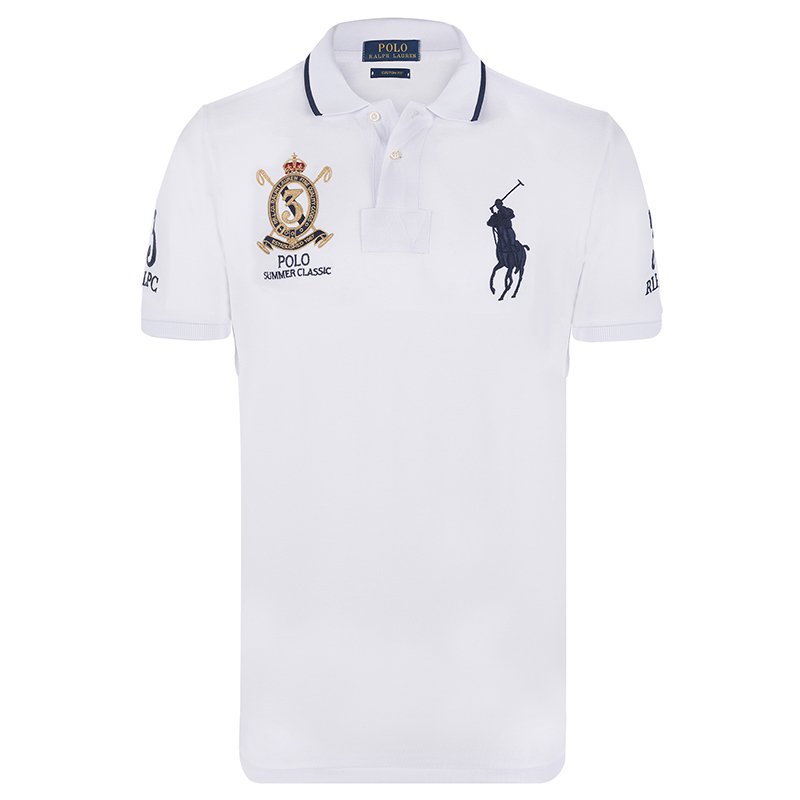Free Shipping All Over The World
Get Started !Phone
833-winfieldcustoms
Our Hours
Mon-Fri: 8AM-5PM Eastern
MENU
What is Puff Printing? Dyeing, Printing & Finishing complete Guidance
09-Jan-2023- 5 min read
What is puff print?
Puff print is a common print in the fashion industry. Sometimes we can call it embossed print. It is almost similar to a rubber print that we can make in any color. Puff print is mostly found on knitted t-shirts or hoodies.
Puff Printing
The printing process is the same as other conventional prints. One of the original features affects the world of screen printing. Puff print ink is a plastisol modified with the addition of a heat-reactive foaming agent. As the garment cures, the ink expands when exposed to high-temperature heat. The addition of Plastisol ink enhances the print-off of the garment, creating a 3D feel. In this method, when the paste is printed on and dries, it looks like a normal printing cloth, but once it cures, the prints are lifted from the surface of the cloth.
Puff Printing Process
- Like this print, we can first create a print screen.
- We customize the color of the rubber.
Mix an emboss or foaming color with the following color. - Then print on the garment with the following color mixer like normal rubber print.
- Then we dry the print area using heat. This is the turning point of this print. Because the print puffs up after exposure to heat.
- Usually, we dry the print area with a dryer for small print. If the print area is large, we heat the area with a curing machine.
- Also, please be careful with the color of the body fabric during heat press as excessive heat can affect the color of the body fabric.
Print cost
Although, the exact idea about the price of the puff print, needs to contact the factory with the print artwork. It can be one and a half times more expensive than rubber print.
Puff Printing Additive
Puff Additive is used to increase the relief of prints on paper, fabric, and other surfaces. Simply add a small amount of your Screen Ink (up to 20%), print as usual, and then heat your print.
The microspheres in the puff additive expand with heat. Which gives you the top print only after heating. Once puffed print is wash-fast and dry-cleanable.
Fabric/Fiber/Surfaces
Natural or synthetic fabrics and paper, vinyl, metal, and leather
Puff Printing Paste
Mixing methods:
(It is suitable for cotton, cotton blended fabric printing.)
30% - 40% foam paste/puff adhesive + 60% - 70% paste (500 series ink) mix, printing, blow dry air-drying oven temperature should be 130-150 degrees centigrade dry for 3 minutes To be 2 hours of complete drying.
Application techniques
Use:
Add up to 20% by weight to Jacquard Screen Ink (JSI). Mix well. Apply heat to print and the ink will spread in all directions. For use on paper, fabric, and other surfaces.
finish:
Puff Additive has a matte finish and will affect JSI's semi-gloss finish in proportion to the amount added.
Opacity:
Puff becomes opaque after additive expansion and will make the JSI opaque in proportion to the amount added.
Drying/Curing:
While the print is wet, heat the entire ink deposit to 275˚F/135˚C using a hot air gun or oven to puff. Do not overheat. For best results, allow the ink to air cure for 72 hours after puffing before washing.
Cleaning:
Clean with water or mild soap.
Caution:
Always test this product for washability and durability before production.
The procedure of screen printing
Screen Preparation
- 110 mesh with 16% emulsion of mesh (EOM) deposit. The goal is to deposit heavier ink, so we use a thicker stencil.
- You can use meshes from 80-160/inch (32T-64T cm), depending on the detail of your artwork.
- Keep in mind that the puff will cause the ink to spread, so your edge may not be defined.
- Be what you are used to in the Print method
- Fill the stencil with ink and print strokes (multiple strokes can be used to ensure a thick deposit).
- A print flash print (PFP) technique, simply flashing the ink and reprinting the same screen, can be used to achieve a high, "stacked" puff effect.
- We recommend keeping the puff areas small and adding negative (non-printing) space to highlight the texture without feeling too heavy on the shirt.
- If you decide to go against our better advice and print a larger puff area, you might consider printing larger dots or line patterns closer together.
- This will result in a more uniform-looking puff print.
Difference between high-density print and puff print
High-density screen printing seems at first glance to be some kind of high-end puff print. High-density prints are sold in rubber or plastic Screens as a paste is applied multiple times to the same design. If this Can be around 5-6mm thick then apply a high-density sticker.
High Density is a popular special effect that rises straight up from the shirt. And has a hard rubber feel with sharp edges. A high-density print Has a slightly glossy finish. Puff print, on the other hand, uses a combination of rubber and puff chemicals. As the garment heals Puff ink expands when exposed to high-temperature heat.
When the puff ink enhances the print of the garment Creates a 3D feel. In this method, when the paste is printed on and dries, it looks like a normal printing cloth, but once it cures, the prints are lifted from the surface of the cloth. It is sometimes called emboss print or foam print.
Conclusion
Puff ink will last as long as our regular water-based inks if your garment is cared for properly. These steps can be taken to ensure that your screen-printed t-shirt lasts as long as the t-shirt. I hope you will get to know puff print better and find this guide perfect.
What Is The Minimum Order Quantity?



